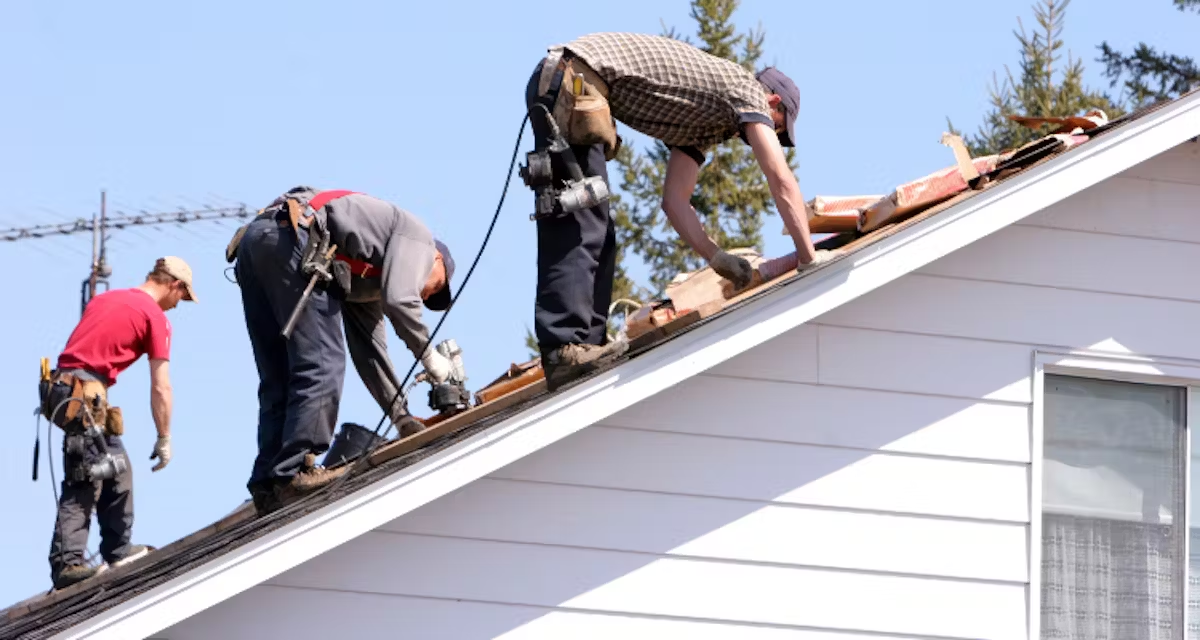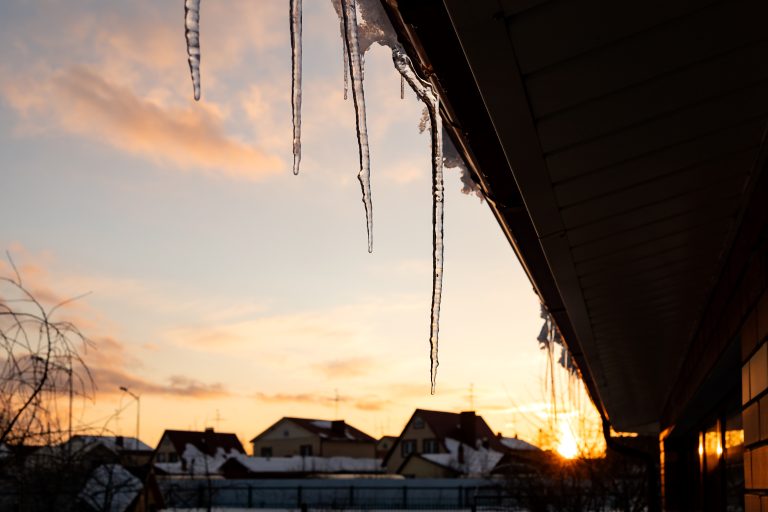Maintaining a healthy and secure roof is essential for the protection and longevity of your home. Regular roof inspections and timely repairs are key to identifying and addressing issues before they become significant and costly. In this comprehensive guide, we will walk you through the step-by-step process of inspecting your roof for damage and provide simple DIY solutions for repairs. By taking a proactive approach to roof maintenance, you can ensure the safety and integrity of your home.
Section 1: The Importance of Roof Inspections
A. The Benefits of Regular Inspections
Regular roof inspections offer numerous advantages. They help identify potential problems early, preventing them from worsening over time. By addressing minor issues promptly, you can avoid extensive damage and costly repairs in the future. Additionally, regular inspections ensure that your roof remains in good condition and extends its overall lifespan.
B. Recommended Frequency of Inspections
To maintain a healthy roof, it is recommended to conduct inspections at least twice a year. It is advisable to schedule inspections in the spring and fall seasons. However, it’s also important to inspect your roof after severe weather events such as storms or heavy winds, as these can cause significant damage.
Section 2: DIY Roof Inspection Process
A. Prioritizing Safety
Safety should be your top priority when conducting a roof inspection. Ensure you have a stable ladder, wear appropriate footwear with good traction, and consider having someone present to assist you. Avoid inspecting the roof during adverse weather conditions or when the surface is wet and slippery.
B. Exterior Inspection
Start by visually examining the exterior of your roof from the ground. Look for signs of damage such as missing or damaged shingles, cracked or curled shingles, and loose flashing. Check the condition of the chimney, vents, skylights, and any other roof penetrations. Take note of any debris or moss growth that could indicate underlying issues.
C. Interior Inspection
Proceed to the interior of your home, ideally to the attic. Look for signs of water intrusion such as water stains, mold, or mildew. Check for any beams of light coming through the roof, which could indicate gaps or damage. Inspect the insulation for signs of moisture or compression.
D. Gutters and Downspouts
Inspect the gutters and downspouts for debris buildup or damage. Clear any leaves, branches, or other obstructions that may prevent proper water flow. Ensure the gutters are securely attached to the roof edge and that the downspouts effectively direct water away from the foundation.
Section 3: Simple DIY Roof Repairs
A. Fixing Damaged or Missing Shingles
If you discover damaged or missing shingles during the inspection, you can replace them individually. Carefully lift the surrounding shingles, remove the damaged shingle or install a new one, and secure it in place using roofing nails. Ensure the new shingle aligns properly with the surrounding ones.
B. Repairing Leaks
For small leaks, you can apply roofing cement or sealant as a temporary fix. Clean the area around the leak, apply the sealant or roofing cement using a putty knife, and smooth it out. However, it’s crucial to monitor the area and consult a professional for a more permanent solution if the leak persists.
C. Securing Loose Flashing
If you notice loose flashing around chimneys, vents, or skylights, it’s important to secure it properly. Gently lift the flashing, apply a waterproof sealant, and secure it back in place using roofing nails. This will prevent water penetration and potential damage to the roofing structure.
Section 4: Maintenance and Prevention
A. Cleaning and Maintenance
Regularly clean your roof to remove debris, leaves, and moss that can trap moisture and cause damage. Use a soft-bristle brush or a leaf blower to safely remove dirt and debris. Avoid using pressure washers, as they can damage the shingles or dislodge granules.
B. Tree Trimming
Trim back any overhanging tree branches that may pose a risk to your roof during storms or high winds. Falling branches can cause severe damage to the roof’s surface, leading to leaks and structural issues. By keeping trees properly trimmed, you minimize the risk of damage and prolong the lifespan of your roof.
C. Professional Roof Inspections
While DIY inspections are beneficial, it’s important to have a professional roof inspection at least once every few years or after significant weather events. Professional roofers have the expertise to identify hidden problems, perform a thorough assessment, and provide expert recommendations for repairs or maintenance.
D. Roof Maintenance Plan
Create a roof maintenance plan to stay proactive and organized. Keep records of inspections, repairs, and any significant changes or improvements made to your roof. This will help you track its condition over time and ensure that necessary maintenance tasks are not overlooked.
Taking the time to inspect your roof regularly and perform simple repairs can save you from costly damages and extend the life of your roof. However, it’s important to recognize your limitations and seek professional help for complex or extensive issues. By following the DIY roof inspection process outlined in this guide and implementing preventive measures, you can ensure the continued protection and durability of your home.
Remember, a well-maintained roof is a valuable asset that enhances the overall integrity and value of your property. Prioritize regular inspections, address minor repairs promptly, and consult professional roofers when needed. With these practices in place, you can enjoy a secure and worry-free roof for years to come. Stay proactive, and your roof will continue to provide reliable shelter and peace of mind.
At Doc’s Roofing and Construction, we are committed to providing reliable and professional roofing services to the residents of Rockwall, Forney, Sunnyvale, and Rockwall County TX. With our expertise and dedication, we will assist you in navigating the process of repairing and maintaining your roof, providing you with peace of mind and protecting your most valuable asset—your home. Contact us today to schedule a consultation and take the first step towards a secure and resilient roof that will stand up to the challenges of severe Texas weather for years to come.



